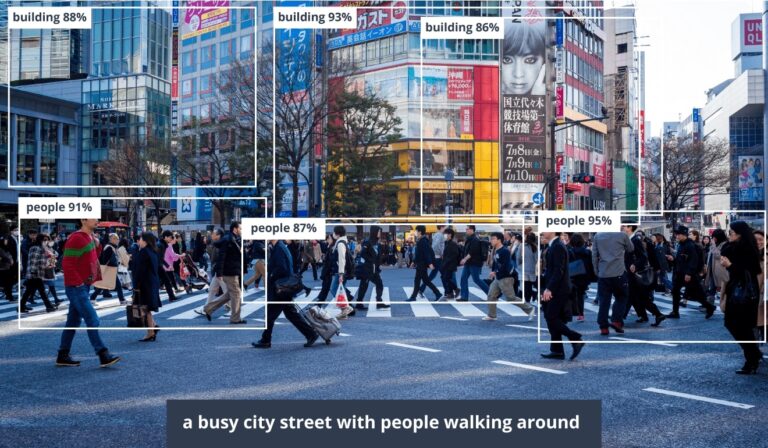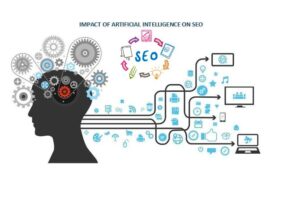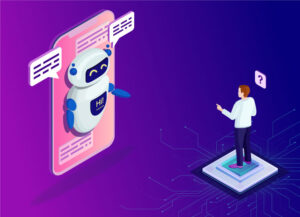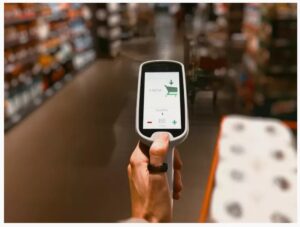In 2021, customers have and will continue to rely on retail applications that provide personalized service. Retailers have found that adding personalization technology to their apps can increase revenue growth up to 15%.
Remember, the personalization concept isn’t necessarily new. In brick-and-mortar days, customers could rely on salespeople to guide them toward products that fit their needs. Exceptional customer service promoted customer loyalty. AI in retail applications brings this concept into the virtual realm and serves customers with the type of white-glove experience they used to receive in real life. Here, GANS technology and image captioning are two ways AI for retail applications can transform the customer experience.
Generative Adversarial Network: The New Sales Floor
When customers walk into a retail location they are greeted by sales associates, they follow signage that brings them to their desired products. They might browse along the way, or notice something eye-catching. In clothing retail environments, customers bring clothes to dressing rooms. Essentially, customers own their experience.
Virtual world customers already experience AI’s ability to guide them toward the products they desire. However, manual creation of content can be expensive and unproductive, so here is where GANs technology, an acronym for Generative Adversarial Networks, takes the experience one step further.
Generative Adversarial Networks (GANs) can generate images of faces, animals, objects, 3D objects, and cartoon characters. GANs have capabilities for video prediction, production and alteration of video content, image-to-image translation and can even reproduce the same fashion model in a variety of body types and outfits. Retailers and brands can take this one step further and create models that fit into the brand’s image and resemble the target audience. With GANs, fashion brands can even create their own “artificial” social media influencers.
AI In a World of Visual Data
Consumers use smartphones for taking written notes but also for taking visual notes. Photos in a person’s feed might contain products of interest but may not be tagged with the information needed to find the product on their own. This is where image captioning can assist in improving the customer experience and earning more sales.
Image captioning is one of the core computer vision techniques capable of powering a broad range of services.A retail site that employs image captioning technology allows a customer to upload a photo or use a visual search. In this case, AI recognizes the image and generates attributes – these can be signatures, categories, or descriptions. The technology could also determine the type of item, material, color, pattern, and fit of clothing.
Image captioning is powerful because it combines two essential elements: computer vision and natural language processing. It provides words for a consumer who can see but can’t define the product’s attributes, making it difficult to use a language-based search engine, but at the same time, it can translate images for consumers with vision problems.
Image captioning relies on AI and visual data to create accurate descriptions of images. It does this by layering visual data, tagging the data, and then pulling from previous data to determine the elements pictured. The tags assist the natural language component in accurately and efficiently putting the image into words.
There are numerous ways retailers can leverage image-captioning AI for their 2021 retail applications. Customizing the consumer experience through images and natural language processing is an inclusive way to engage a greater number of consumers who otherwise might not develop loyalty to your brand.









